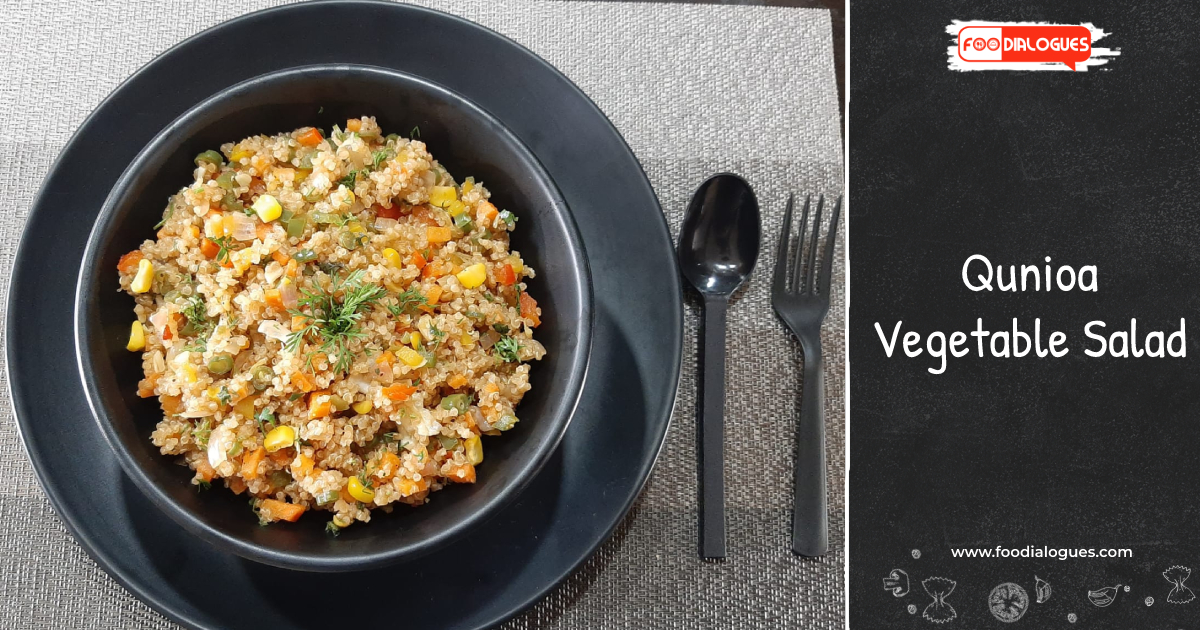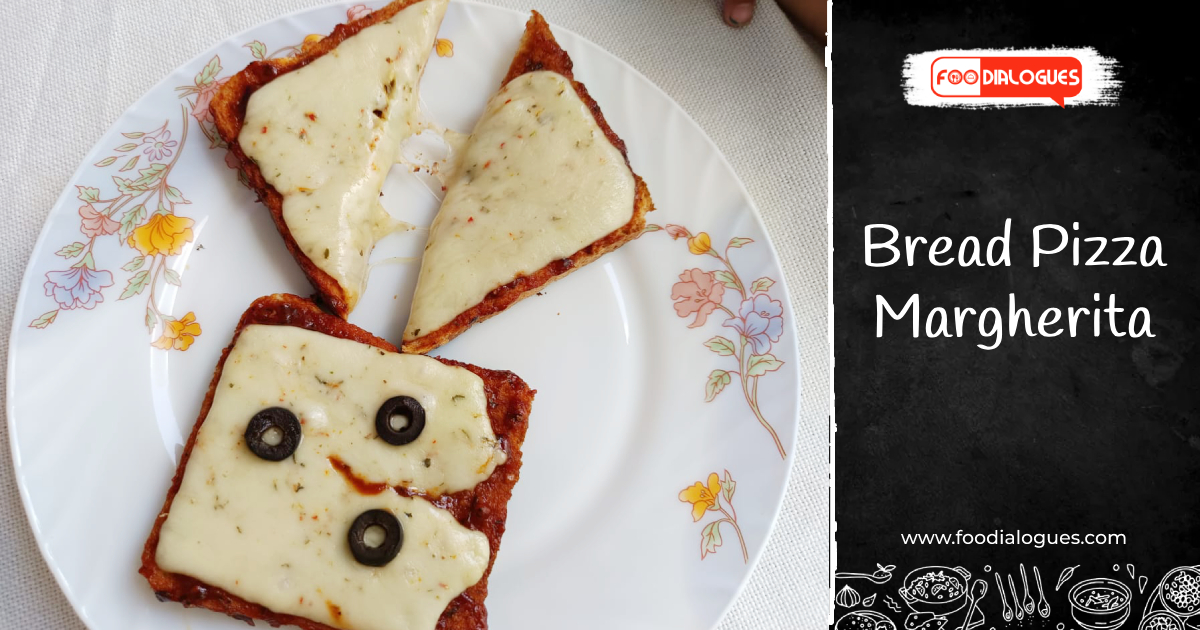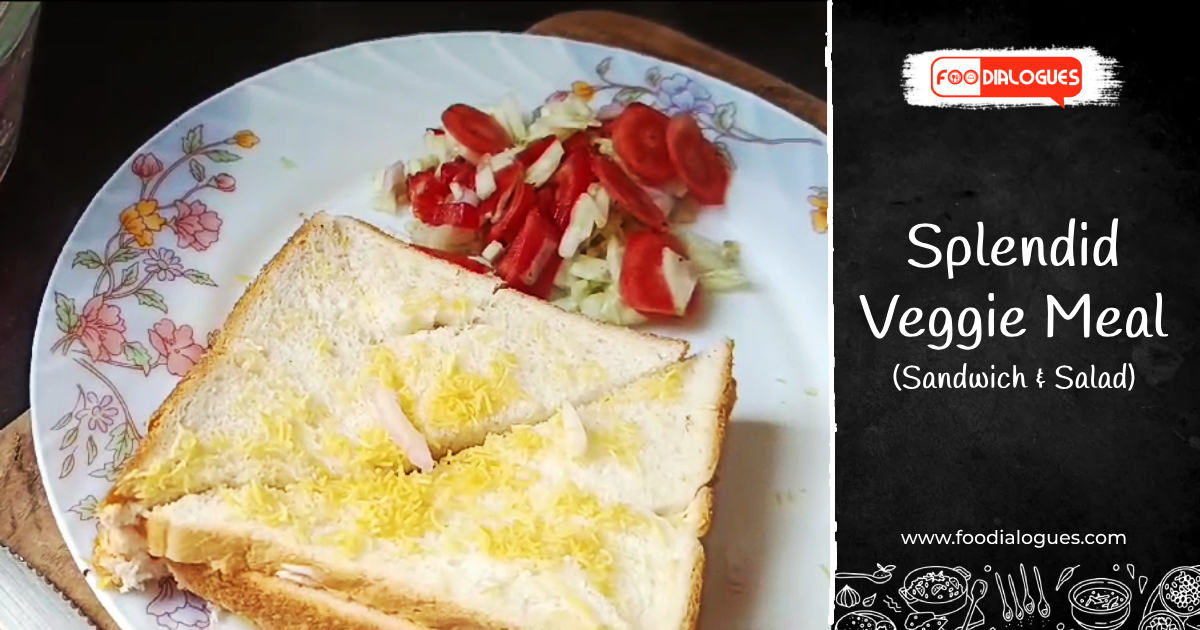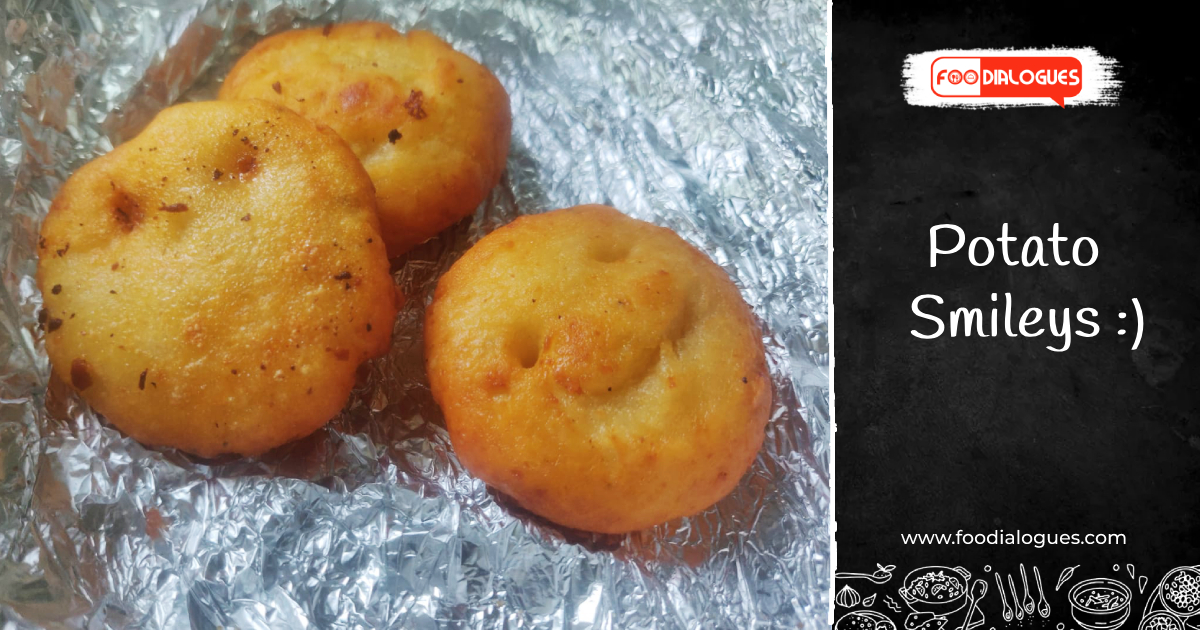The Andes wonder grain – A cautionary tale
Quinoa is a high protein grain that is recently rising as a gluten-free superfood. It has its
origin in at the Bolivian altiplano, the high flat plain in the Andes. This grain was particularly
well-suited to the Bolivian altiplano which was an area with ‘high climatic risks such as
drought, salinity, wind, hail, and frost in which crops would perish. The region is also
characterized by very little rainfall, more than 200 frost days per year, and poor soils.
The history of this part of the country, and its people, has been practically dominated by its
natural resources and climate. In Aztecan or pre-Hispanic era, the Andean people obtained
balanced diets by trading enormously with their neighbours at other altitudes, often based on
family connections.
The discovery of silver by the Spanish in 1545 disrupted this trade. In the subsequent centuries, a
large percentage of the local population was enlisted into slave labour in the mines, and many
never returned. The Spanish also set up estates in the country, in which the indigenous farmed to
produce food and wealth for white landowners. This continued long after Bolivia’s independence,
until the Bolivian revolution in 1952.
Between the mining and the plantation estates, traditional family ties and community organization
was radically hindered in several parts of the country. But the harsh climate and poor farming
conditions for growing European crops kept the modern quinoa-growing region largely outside
the estate system.
Through this time, the land was managed communally. The flat grasslands were used as a grazing
area for llamas and alpacas, and quinoa planting took place on hillside terraces, allocated by
traditional authorities based on a family’s needs. A family’s supply of labour corresponded to the
number of mouths it had to feed. This traditional management system ensured that each field
would be left uncultivated for many years following a quinoa crop to allow the nutrient-poor soil
to recover fertility and to prevent pests and diseases.
Until recent times, the indigenous people of Bolivia were typically neglected, oppressed, or
exploited by the outside world. Healthy native foods such as quinoa were looked down upon as
“dirty”, and their original traditional ways were seen as a barrier in the way of national
development.
Thus commenced the story of modern quinoa.
It all began in 1970s when hybrid seeds, pesticides, fertilizers, irrigation, and tractors were
introduced in Latin America, Asia, Africa, and Oceania.
The poor farmers looked up at the government hopefully. They were provided with tractors after
the Bolivian revolution in 1952, but unfortunately the soil conditions and the slopes used for
quinoa cultivation did not permit much use of the tractors.
Around this time the US food assistance program began to supply processed wheat food and thus
began the downslide of consumption of primitive Andean foods.
Quinoa export to the U.S. began in 1984. A cooperative was formed by quinoa-producing
communities. They traveled to Peru and Brazil to learn the processing techniques using
machinery. In the 1990s, the outside world stepped in. The United Nations financed the construction
of processing plants, and in 2005, the U.S. and Denmark helped develop new technologies to
improve efficiency and quality.
Quinoa took off. It was marketed as a super food-low in fat, high in protein. Soon after
the market took a leap and the price of this grain skyrocketed. With higher prices,
families sold off llama herds to grow quinoa and began to invest in tractors. The
symbiosis of quinoa and llamas, taking and restoring fertility from the soil, in turn, was
broken. Instead of leaving a field fallow for many years, the farmers began to grow
quinoa on their land every other year, or even every year, without allowing the fragile
land time to recover. And manure, once abundant from llamas, was in short supply.
Apart from the biological imbalance, a social upset was also evident. All those who had
previously moved to the cities come back to capitalize on the situation by growing quinoa on their
family’s lands They would make periodic trips from the city and in turn, they largely upset the
rules of the rural communities as they did not have an onus towards the land or its people. It was
more to make quick money. Today Southern Altiplano looks totally abandoned. Chatter and
shouts of little children is a distant dream.
The unsavoury truth of this commercial success or the so-called ‘quinoa boom “is that
Bolivian native farmers are malnourished. They cannot afford to eat their own crops.
Due to the appetite of other countries for this ‘Andes wonder grain’. They sell their high-
value quinoa and buy cheaper and less nourishing foods instead. The quinoa prices have
skyrocketed to such an extent that poorer people in Peru and Bolivia, for whom it was once a
nourishing staple food, can no longer afford it. Imported junk food is cheaper. Thus, a land
that once produced a portfolio of diverse crops has now succumbed to quinoa monoculture.
Its high fiber, low glycaemic index, low fat …the endless list of nutritional advantages
combined with commercialization has made this Bolivian grain a favourite in modern-day
diet prescriptions to such an extent that Indian kitchens prefer quinoa to our local native
millets. food fusions are being created to such an extent the quinoa is used in the preparation of almost all Indian regional food favourites. This cautionary tale should be a lesson to the world. Include it in your diets but with caution…. Let us not delete our native grains from
our food map. Let us eat local and stay healthy. Our native foods are as nutritious. A” bisebelebhath” or” Pulao” does not require quinoa.
For your occasional quinoa preparation here is a recipe…quinoa vegetable salad.
Ingredients for Quinoa Vegetable Salad:
- Cooked quinoa 1 cup
- Onions chopped 1 medium
- Tomatoes 1 medium chopped
- Cabbage ¼ cup shredded
- Sweet corn ¼ cup
- Carrots ¼ cup diced
- Green, yellow & red capsicum diced 1 each
- Chilli vinegar 1 tbsp
- Salt to taste
- Crushed pepper 1 tsp
- Chilli flakes 1 tsp
- Oil 1 tsp

Preparation Method:
- Parboil the beans and carrots.set aside.
- Take a large mixing bowl. Add all ingredients except the oil and chilli flakes.
- Add the par boiled vegetables. Mix well with the required quantity of salt.
- Heat oil and when hot switch off the flame. Add the chilli flakes and pour this oil into the salad. Mix and serve.





